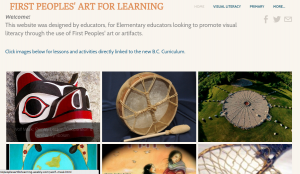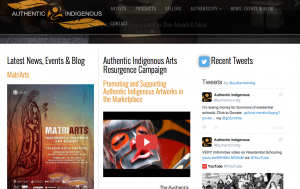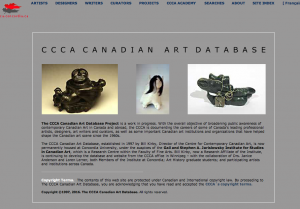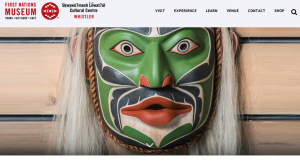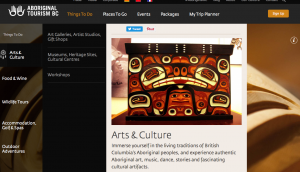http://www.interior-news.com/news/b-c-teaching-exercises-that-references-squaw-39-times-pulled/
Recently published in the Canadian News was a mothers outrage over the use of the term “Squaw” used 39 times in the book “Susanna Moodie: Roughing it in the Bush,” printed by Second Story Press which was being used in the classroom and included teaching materials. The teacher gave students a test that had students matching the derogatory terms to correct “definitions or appropriate language”. Being able to see a few questions above, you can tell that this test is discussing the prejudice and background of when or why these terms were used. One can hope that further discussion was implemented about such content. But this raised a few questions for me:
Was the teacher in the wrong for using the resource, despite it being an approved teaching material?
Was this content appropriate for 14 year olds? If not, what age is?
Assuming the teacher did her due diligence in both prepping and unpacking such topics, are there certain topics teachers should not address, that are too controversial?
This book was published in 1852. Is it considered a classic or are our reading lists that outdated (most likely due to budget cuts in recent years)?
How easy/difficult is it for teachers/districts to get new reading materials in that perhaps might be more appropriate as well as more engaging for students both from indigenous and non-indigenous communities.
I’d like to share some resources that I and my colleagues have used recently in the classroom that have been well received. I would also like to open it up and ask for more suggestions of any books/audio books that you have used or come across. Additionally, after speaking with an Aboriginal Success Teacher for one of the nearby school districts, she directed me to the Canadian Aboriginal Books for School list which has quite an extensive list.
“Secret Path” by Gord Downie, Illustrated by Jeff Lemire
“Three Day Road” by Joseph Boyden
“Trudy’s Rock Story” by Trudy Spiller, Illustrated by Jessika von Innerebner
